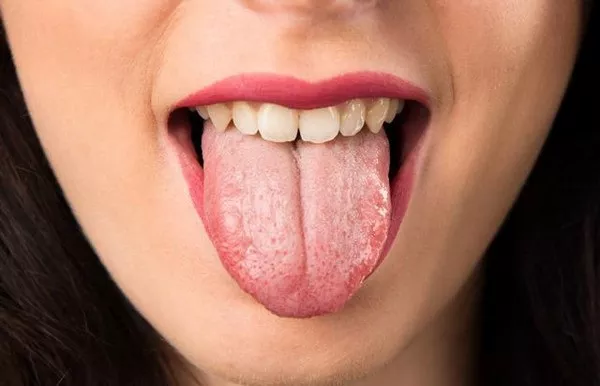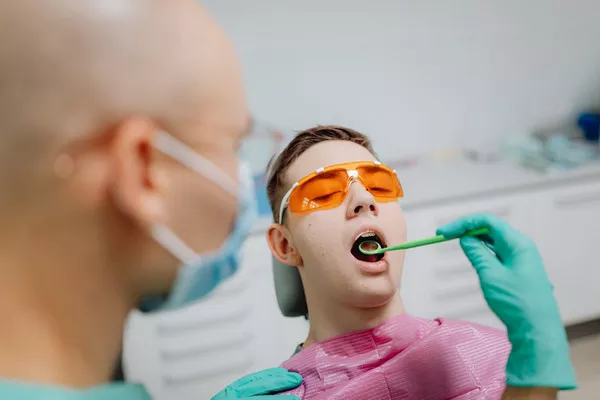How does gingival haemorrhage diagnose come out?
Leukemia patients may appear gingival swelling, ulceration and bleeding, but gingival bleeding as the first symptom is rare.
This CASE SUGGESTS THAT STOMatologists SHOULD be alert TO whether the gingival swelling and bleeding without obvious cause are caused by blood system diseases or other diseases, so as not to delay treatment.
Bleeding gums are uncommon as the first symptom of leukemia.
The patient was surnamed Zhang, male, 60 years old.
Chief complaint: Gingival bleeding aggravated for 3 days in 1 month.
There was a small amount of bleeding in the gums when I brushed my teeth 1 month ago.
After oral cleaning, oral vitamin C and mediamycin had been slightly improved, but there was still a small amount of bleeding when brushing teeth and eating.
Three days ago, the amount of bleeding increased significantly, and spontaneous bleeding, then came to the hospital for treatment.
General examination: no fever or lymphadenopathy, no obvious abnormalities in cardiopulmonary fluoroscopy, mild hepatosplenomegaly, mild tenderness in the sternum, a small number of bleeding spots in the skin of the anterior chest and armpits.
Oral examination: the whole mouth gingival swelling, gingival margin congestion, bad breath, touch the gingival is bleeding, a lot, especially the lower anterior and posterior teeth area.
Supragingival and subgingival stones were not obvious and missing. The denture was restored without any defect. The remaining teeth were loose ¢¡ ¡ã.
Laboratory examination showed that leukocytes were 16.5¡Á109/L, naive cells were 0.45, monocytes were not increased, and macrophages were decreased.
Hemoglobin 102 g/L, platelet 98¡Á109/L.
Bone marrow smear showed hyperactive cell hyperplasia, increased naive cells, 48% primitive cells.
Preliminary diagnosis: acute leukocytosis.
Treatment: Clean the whole mouth, maintain oral hygiene, gargle with 1.5%H2O2.
After initial treatment, he was transferred to internal medicine for comprehensive treatment.
The final diagnosis was non-lymphocytic leukemia.































